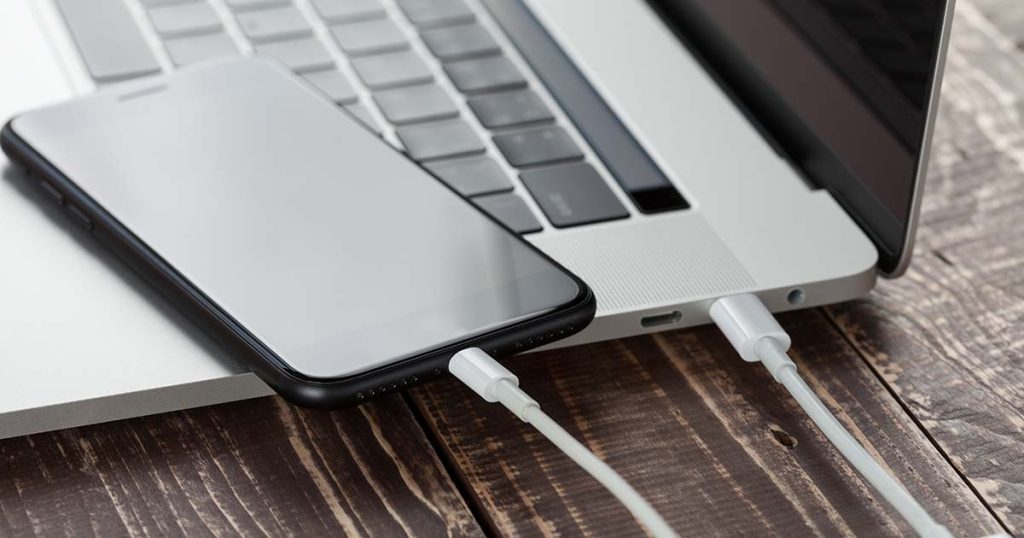
Bryan Fire Department has teamed up with the National Fire Protection Association® (NFPA®) to raise awareness about the risks associated with lithium-ion batteries and ways to minimize them.
NFPA’s new campaign “Charge into Fire Safety™” provides resources in response to the growing number of fires caused by lithium-ion batteries that power devices like e-bikes and e-scooters, cell phones, laptops, electric vehicles, etc. Think of anything that needs to be recharged. As the use of these items has increased, so has the number of fires associated with them.
Lithium-ion battery fires happen for a variety of reasons, such as physical damage (e.g., the battery is penetrated, crushed, or exposed to water), electrical damage (e.g., overcharging or using charging equipment not designed for the battery), exposure to extreme temperatures, and product defects. Heat, smoke, the release of toxic gases, and the potential for explosions are the dangers associated with lithium-ion battery fires.
To ensure safe use, follow these tips:
- Purchase and use certified devices: Only buy devices, batteries, and charging equipment listed by a nationally-recognized testing lab and labeled accordingly. Seek out qualified professionals for any necessary repairs.
- Use compatible charging equipment: Stick to charging equipment specifically designed for your device to prevent potential hazards.
- When it comes to e-bikes, e-scooters, and electric vehicles: the safest place to charge these devices is outdoors away from any structure or enclosure and not in direct sunlight. Do not charge a battery when either the charger or the battery is damaged. Do not store batteries in extremely wet, hot, or cold locations or in an area that blocks the only exit out of a room. And do not attempt to modify the battery or charger.
- Charge and store responsibly: Store and charge batteries away from anything that can catch fire.
- Avoid overcharging: Cease charging your device or device battery once it reaches full capacity.
- Watch for warning signs: Stop using your device if you notice signs of battery damage, such as unusual odors, excessive heat, popping sounds, swelling, or a change in color.
- Recycle responsibly: Do not dispose of lithium-ion batteries in household garbage or recycling bins; instead, recycle them at Lowe’s or Home Depot, or participate in the Household Hazardous Waste Collection and Computer event on Saturday, April 20, from 7 a.m. – 2 p.m. at the Texas A&M University General Services Building. Apply painter’s tape to the conductors before recycling.
Learn more about the campaign and safety information, visit nfpa.org/LithiumIonSafety.
Share This: 


